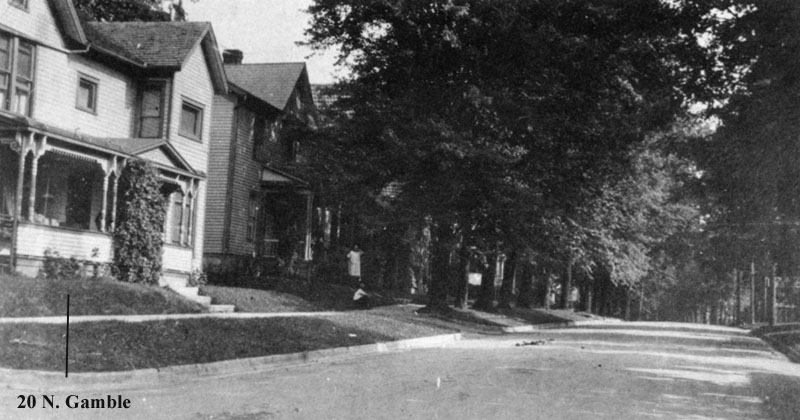- This summer (2019)
Roger Brucker will reach his 90th birthday. He is still very
much involved in Mammoth Cave expeditions geared to enlarging
the now over 412 mile long system. In mid- February of this year,
in email correspondence, Roger mentioned taking part in an expedition
involving 40+ cavers working out of their CRF headquarters at
Hamilton Valley, Kentucky. The complex, adjacent to Mammoth Cave,
includes: bunkhouses, map room, large kitchen, archives building,
and classrooms.
-
- His email continues:
"You indicated that we surveyed with primitive instruments,
but that is a relative term. Many surveys are made with a Leica
rangefinder fitted with a special board containing a magnetometer
and an accelerometer. It measures the distance between stations
to the tenth of a foot, the magnetic bearing, and the vertical
angle. The memory will hold 1000 stations. We still use Suunto
compasses and tape measures for some surveys. The surveys are
plotted from the data recorded in each survey book using Adobe
Illustrator. So the maps are professional in every sense of the
word, annotated with information and survey station labels. Passage
detail is shown, breakdowns, sand floors, streams, and pools
in blue. The 412 miles continue to grow at about 8 miles per
year, from a high point of 10 to 12 miles per year. We have about
40% of the trips to resurvey to obtain higher accuracy, but duplicate
surveys are not counted in the total. This is one of the most
massive cave surveying and exploring projects in the world. Jewel
Cave has just passed the 200-mile length and Wind Cave is at
150-miles. One of our members has created a Gazetteer of about
1500 items pertaining to the history, location, date of first
reference, etc. So the database can be searched. In my opinion
this project is unique in the cave world because it has been
going on for so many years and the number of cave experts involved."
-
- On the subject of
growing up in Shelby, Roger wrote:
"When I lived in Shelby, Frank Long and I became magicians,
entertaining lodges, clubs, and church groups. We staged magic
shows at such far distant places as Mansfield and Orville, OH
during the 1940s. Frank became a lawyer and served as mayor of
Shelby.
-
- I held many jobs,
starting with cleaning wallpaper (coal heat sooted walls), mopping
floors in Bob Bussom's gift shop after school, summers working
as labor for contractors, draftsman at Autocall, and deckhand
on a Great Lakes freighter. I was the product of unconditional
love and plenty of opportunities to fail cheaply!
-
- I would not trade
the experience of growing up in Shelby for anything -- it was
adventure at every turn, learning new things every day. For example,
in winter after school we'd roll big snowballs and poise them
on the rail of the overhead bridge on the CCC RR. When a steam
train came, we got expert at timing the drop to hit the locomotive's
smokestack bullseye. We invented the mushroom steam cloud before
the A-bomb."
- Roger's professional
life included adjunct professor of marketing at Wright State
University as well as working as an advertising executive. His
interest in art is apparent after viewing his drawings that appear
in his books.
-
- In addition to the
five books already mentioned, Roger has written more than 87
short stories under the anagram pen name, Ergor Rubreck. They
have appeared in caver publications for over five years.
-
-
- Roger's son Tom is
also an avid caver and played a major role in the discoveries
documented in Roger's 2nd and 4th books. Roger and wife Lynn
(also a caver) are bicycle enthusiasts who in 2000, rode their
tandem bicycle 3200 miles from San Diego, CA. to St. Augustine,
FL. Many more bike trips have taken place since that time.
-
- I thank Roger for
his interest in and contributions to this article. He wrote of
fond memories of his hometown Shelby and reminiscences of his
Aunt Retta, her early book writing, and influences on him. I
wish Roger many more miles whether it be on bicycles or in cave
passages; may it be smooth going!
|



